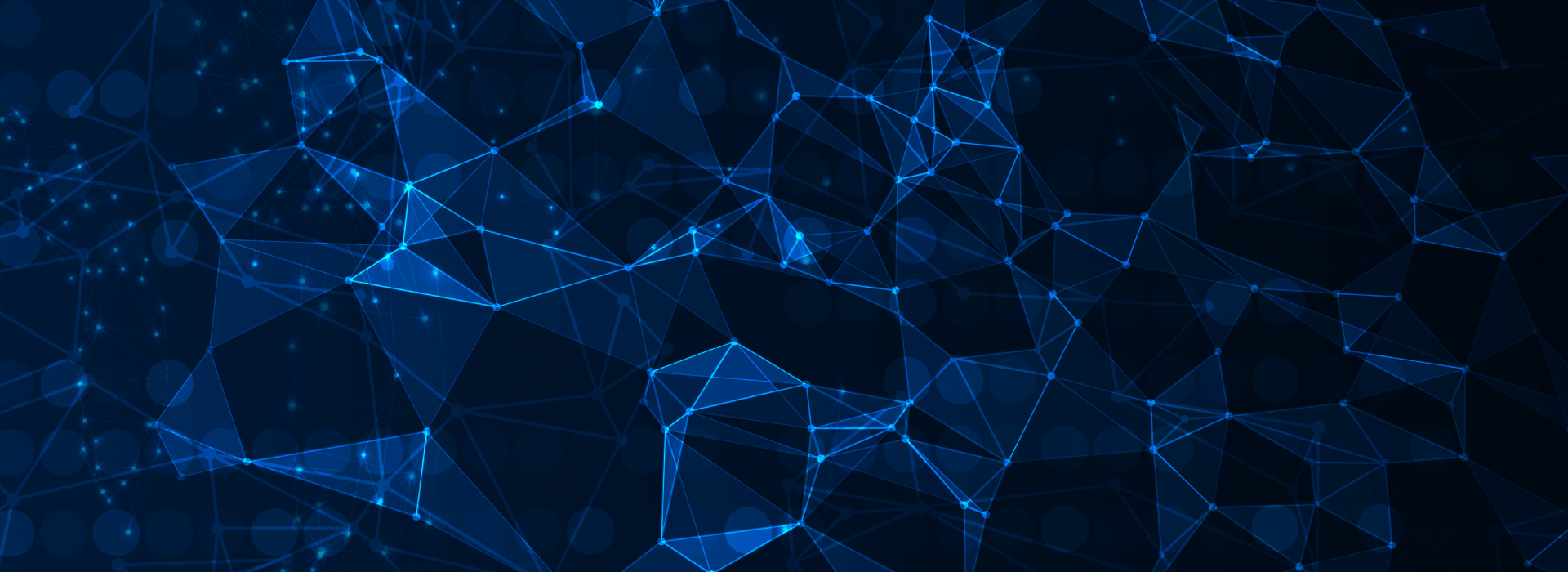What does the future of product protection technology have to offer? A massive disruption for the way products are going to be protected, that’s what.
I have been following the product protection market for quite some time now, seeing how companies build their brand and product protection strategies. Protecting products against counterfeits has been a priority for brands but it is foreseen that this is raising to be one of the top priorities in the future. But the question is, what is the best way to do it?
Currently product protection is always done in a way that requires something to be added to the product or product package at the factory. This “something” I refer to is usually a hologram, serialization, QR-code, RFID, NFC, invisible ink, glue or varnish, just to name a few.
These methods do work, but they are slow to react to growing and changing market needs. With traditional protection methods, E2E costs rise due to production line modifications needed for adding something to the product or product packaging and continue to rise due to cumbersome and slow analysis processes. Many times, protection is consisting of multiple different protection layers that again are increasing the product costs. These all are elements that new technology is starting to solve.
What would you think if…?
Nothing would need to be added to the product or product package, but you could still protect the product while not having to do any modifications to the production lines?
You could react to market changes in minutes, instead of months or even years?
Data from your original and counterfeit products would be collected automatically, globally? With an ability to see, analyse and version the counterfeits as well?
This all can be done today. AI based protection methods do not require anything to be added to the product or product packaging but can still detect originals from counterfeits. Not only can these methods detect an original from a counterfeit, but they can also read all the existing codes and markings at the same time.
As the market changes and current cost saving programs demand leaner approaches when it comes to product protection, counterfeiters are getting faster, smarter and defeating current protection methods with ease. I see a huge need for challenging the current modus operandi with something that can offer better accuracy, cost savings and most of all, the ability to react to global market changes in an instant.
For a market that is typically slow to change, these kind of technology disruptions offer huge advantages. It will obviously take some time to change current thinking, but perhaps with time the existing methods will start to realize the advantages new disruptive technology has to offer. With time a change is inevitable.


